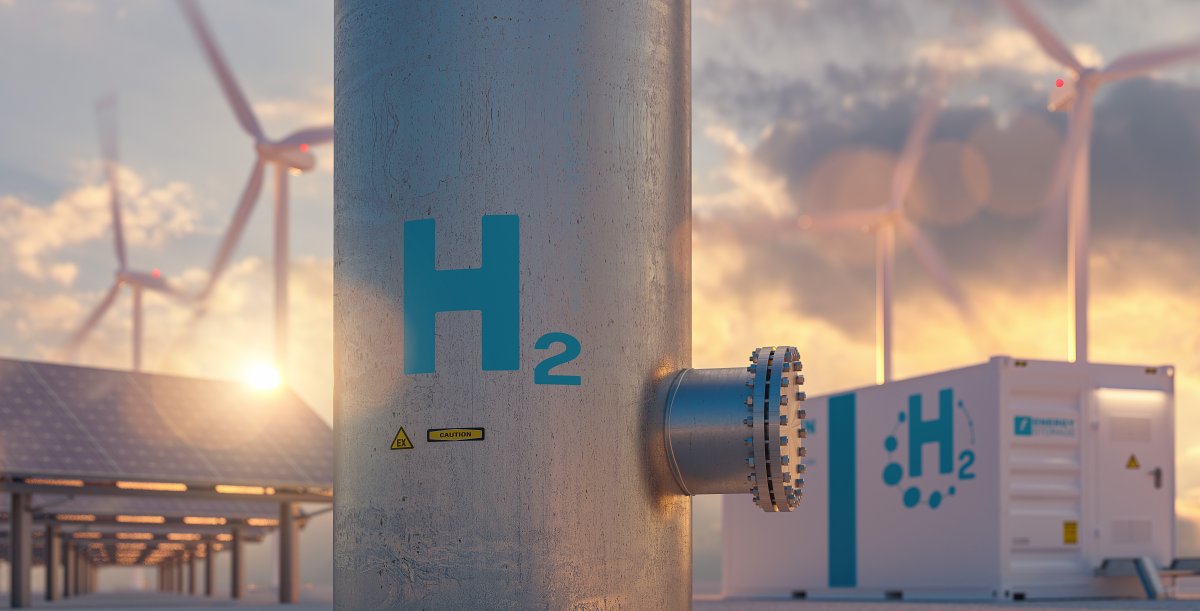The federal government has revised its hydrogen strategy, setting more ambitious goals for the future. By 2030, Germany plans to build electrolysis plants with a capacity of at least 10 GW, and any remaining demand will be covered through imports. The previous strategy developed in 2020 by the grand coalition mentioned a maximum capacity of 5 GW. The Federal Ministry of Economics and four other government departments have agreed on the new strategy, which has been forwarded to the National Hydrogen Council for comments. The strategy is expected to be decided upon by the Federal Cabinet by the end of the month.
The government aims to accelerate the market ramp-up of hydrogen and its derivatives by creating suitable framework conditions. This includes efficient planning and approval procedures, uniform standards and certification systems, and a well-coordinated administration at all levels. The government intends to prioritize the production of “green hydrogen” which is produced using renewable energies. However, the promotion of “blue hydrogen,” which is obtained from fossil natural gas with carbon capture and storage technology, will be less significant. The government also emphasizes the importance of developing the necessary infrastructure.
To achieve this, the federal cabinet passed an amendment to the Energy Industry Act, which provides the legal and regulatory framework for the future hydrogen core network in Germany. By 2027/2028, a hydrogen start-up network with over 1800 km of converted and newly built hydrogen lines will be established through IPCEI funding. By 2030, all major generation, import, and storage centers should be connected to relevant customers. The transmission system operators in Germany have developed plans for this network expansion.
The strategy aims to establish hydrogen applications in various sectors by 2030, including industry, heavy commercial vehicles, and air and shipping traffic. Gas-fired power plants that can be converted to hydrogen will also be used to ensure energy supply. “System-friendly electrolysers” will play a crucial role in stabilizing flexible loads. The government also aims for Germany to become the leading supplier of hydrogen technologies by 2030, with German providers offering the entire value chain of hydrogen technologies.
In addition to domestic production, the government is also working on an import strategy. Agreements have already been made, such as the long-term supply of hydrogen from Norway. The government’s efforts reflect a commitment to advancing hydrogen technology and establishing its role in various sectors by 2030.



